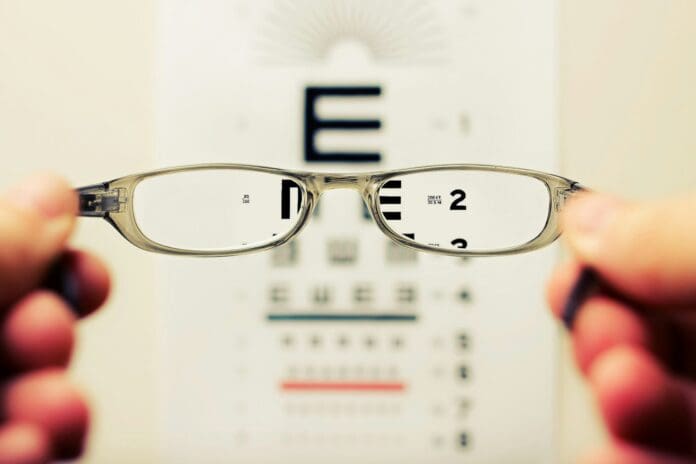This post is also available in:
 עברית (Hebrew)
עברית (Hebrew)
A new generation of artificial vision technology is giving people who lost their sight to age-related disease the ability to read again.
In a European clinical trial, an electronic eye implant called PRIMA enabled participants blinded by geographic atrophy—an advanced form of dry age-related macular degeneration (AMD)—to recognize letters and words for the first time in years.
The study, conducted across 17 hospitals in five countries, found that 84% of participants regained partial vision in one eye. On average, patients could read five lines on a standard eye chart, compared with no measurable vision before the surgery.
Dry AMD causes irreversible damage to light-sensitive cells in the macula, the part of the retina responsible for detailed central vision. This affects around five million people worldwide.
According to Interesting Engineering, the PRIMA implant acts as a miniature artificial retina. During surgery, doctors place a 2mm microchip—roughly the size of a SIM card—beneath the central retina after removing the eye’s vitreous gel.
Patients then wear augmented-reality glasses linked to a small computer worn at the waist. The glasses capture visual information and project it as an infrared signal onto the chip, which converts the data into electrical impulses. These impulses travel through the optic nerve to the brain, allowing patients to perceive a new form of visual scenes.
Artificial intelligence software processes the images in real time, enhancing contrast and helping users distinguish text and outlines. Through rehabilitation, patients learn to scan, focus, and interpret what they see, gradually recovering the ability to read and navigate their environment.
Notably, no participants experienced any decline in their remaining peripheral vision during the trial.
Researchers describe PRIMA as the first retinal implant to restore functional reading ability in eyes previously rendered blind by dry AMD.
While still in early stages, the technology could mark a turning point in restoring sight to patients for whom no treatment currently exists—offering a glimpse of how AI and neural engineering may redefine the future of vision care.
The study was published in The New England Journal of Medicine.


























